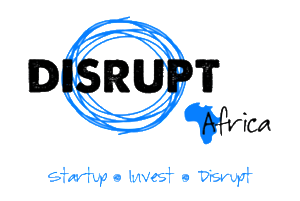Johan Meyer is chief executive officer (CEO) of Cape Town-based Wallettec, which specialises in digital wallet integration in East and Southern Africa, Asia and Canada. Here, he gives us five key takeaways from working in South Africa’s mobile money industry.
There is a huge difference between mobile money and mobile payments
Meyer says people confuse mobile money and mobile payments, and that, although they are very similar, the difference is huge.
“Mobile money is the ability to store money in a value store not linked to a bank account. This is giving people access to money or financial services without them having access to a physical bank account,” he said.
“Mobile payments is when you give users the ability to pay for goods or services using your mobile device. Most of the available Mobile payment services like Apple Pay or Zapper require that the user has an active credit or debit card linked to the application.”
Mobile payments will only work if merchants adopt it
“The biggest problem currently with mobile payments is the lack of merchants accepting it as payment method,” Mayer said.
Only by making mobile payments more attractive to merchants will they convince their customers to switch.
“Take SnapScan for example. When it was launched in 2013 people were new to the idea of using their mobile to make payments,” he said.
“Snapscan targeted the local merchants and made it more affordable to them to rather use SnapScan and not the traditional card terminals and merchant accounts. Merchants then advertised it to their customers and convinced them to rather pay using SnapScan.”
The mobile payments industry lacks unity
“If we look at the mobile payment market today you will notice that almost all the big brands are releasing their own version of mobile payments,” Mayer said.
“Apple, Samsung, Google, Microsoft, not to mention all the local banks and telecom companies. It can be confusing to consumers on what products to use and merchants are struggling to keep up. It’s almost impossible for merchants to accept all the available payment methods even if they want to.”
He said by developing a unified product, adoption will be quicker and users will build trust in the product.
“The credit card market is a good example. Although there are thousands of different credit cards in the market all of them are backed by either VISA or MasterCard. This allows people to build trust in technology and merchants can easily accept them as payment method and adoption grows faster.”
Another advantage of a unified mobile payments product is international acceptance.
“Most products only work in certain countries. SnapScan only works in South Africa. Apple Pay works in the US and Europe. By developing a unified product, international acceptance will be much faster meaning you will be able to pay using your same device anywhere in the world,” he said.
People don’t trust or understand it
The credit card is about 40 years old, and still there are a lot of people who still don’t trust it, Mayer said.
“People want to see physical money in their hands or pockets. Convincing people that they can pay using only their mobile device will take time and a lot of effort,” he said.
Given the mobile device is only 20 years old in South Africa, and only recently have people become used to the idea of being able to do almost anything on their phone, it will take time to convince them the same device will replace their wallet and cash.
Mobile payments are not convenient enough
“Walking into a store, taking out your wallet and making a payment is something people have been used to for centuries. For any mobile payment experience to work it has to be more convenient, safer and faster than paying with cash,” Mayer said.
“It’s been an industry standard that any payment on the internet should be done within three clicks or less. It’s my belief that people expect mobile payments to be a lot faster. Until a product has been developed that can deliver a safer and more convenient payment experience faster than what people are used to people will not adopt it.”


